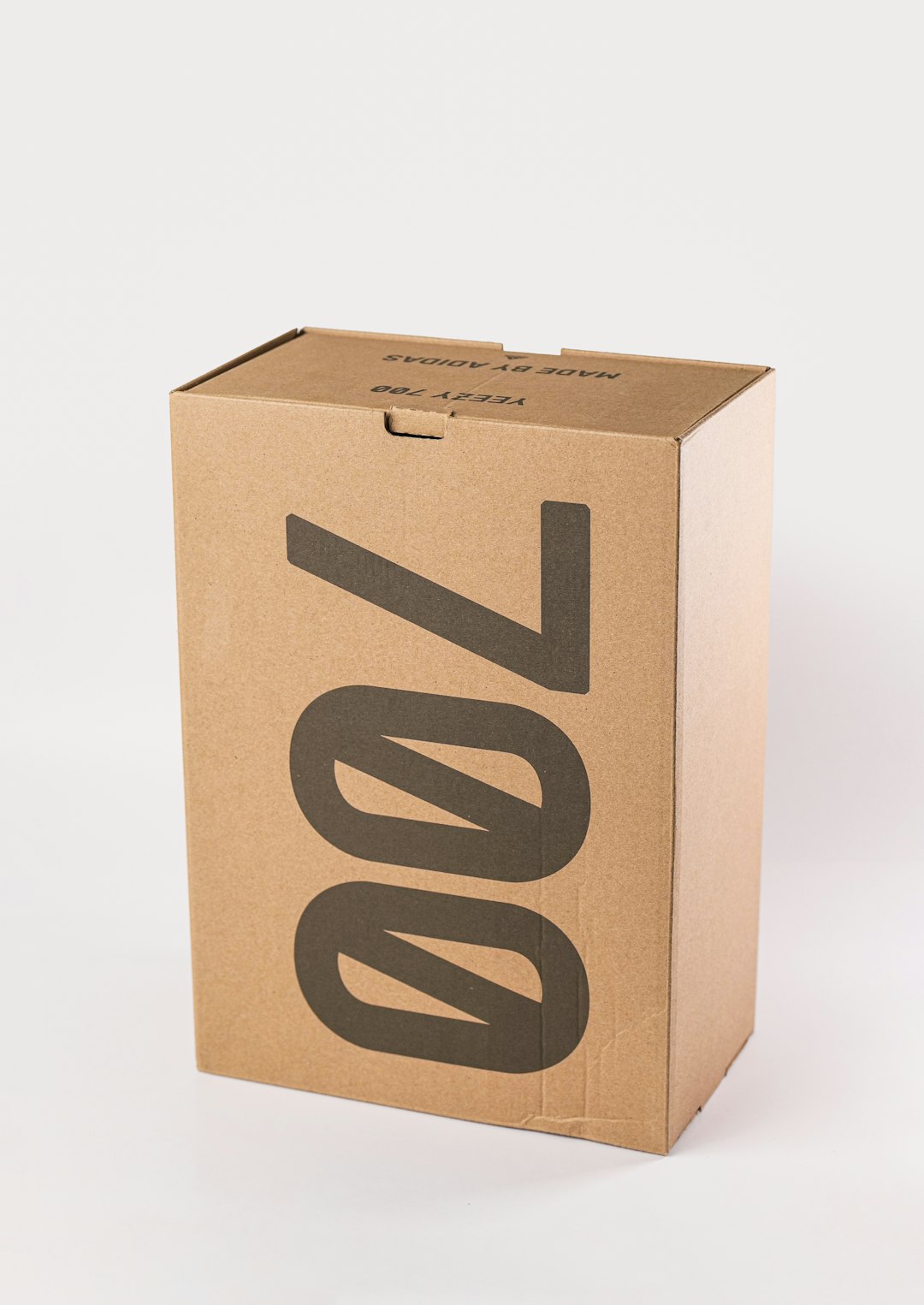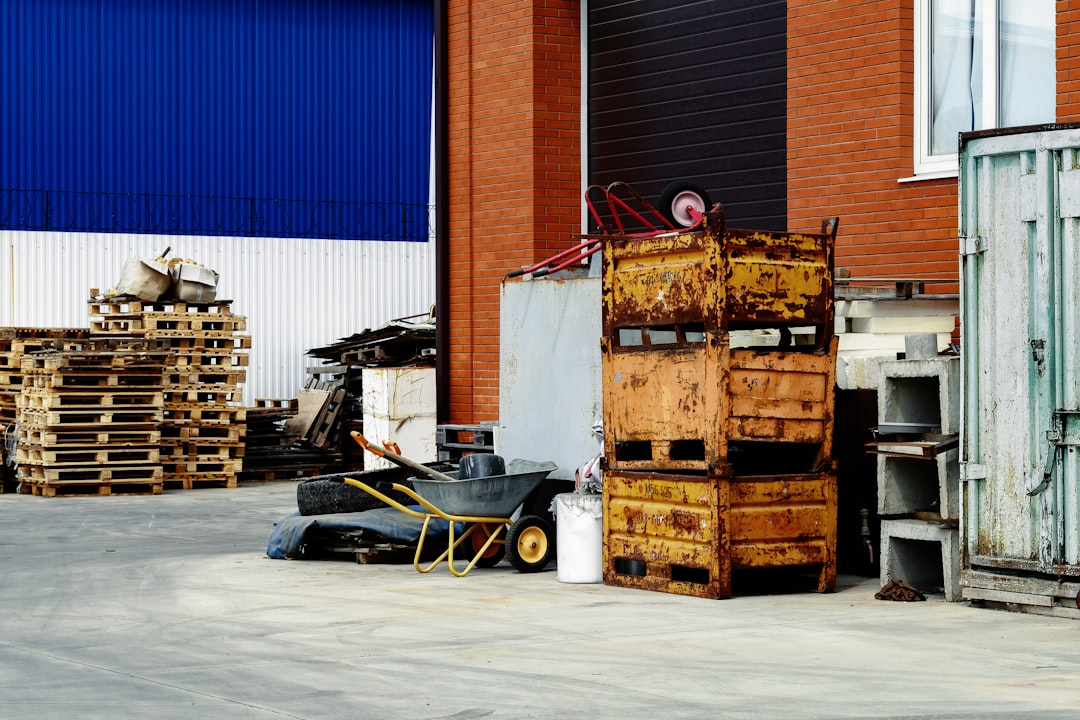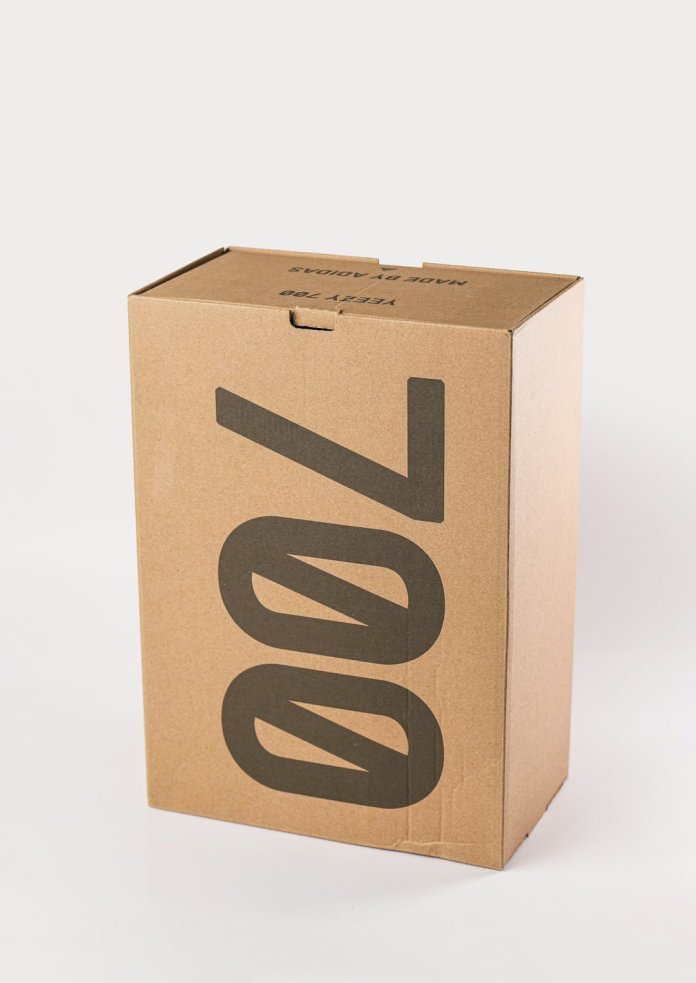In the ever-evolving world of eCommerce, dropshipping continues to be a powerful business model — especially when paired with WooCommerce. As we move into 2025, the opportunities for aspiring entrepreneurs in this space are vast, but so too are the challenges. One of the most critical steps to building a successful WooCommerce dropshipping store is finding reliable suppliers. Without trustworthy partners who can deliver on quality, timeliness, and communication, your online store could be at risk of customer dissatisfaction and loss of credibility.
This detailed guide explores exactly how to find reliable WooCommerce dropshipping suppliers in 2025, the red flags to avoid, and what trends to watch out for in the coming years.
Why Supplier Reliability Matters More Than Ever
In 2025, consumer expectations continue to rise. Today’s online shoppers expect fast shipping, high product quality, responsive customer service, and smooth returns. Choosing a dependable supplier is not just a logistical decision—it directly affects your reputation and growth potential. A reliable supplier ensures:
- On-time delivery for customer satisfaction
- Consistent product quality to minimize returns and complaints
- Real-time inventory updates to prevent overselling items
- Responsive communication which is crucial when resolving issues
Now that we know how essential reliability is, let’s explore the strategies that will help you find the best suppliers in 2025.
1. Understand the Types of Dropshipping Suppliers
Before diving into directories or marketplaces, it’s important to understand that dropshipping suppliers generally fall into a few categories:
- Manufacturers – These are the original producers of goods and often offer the best prices.
- Wholesalers – They buy in bulk from manufacturers and resell with small markups. Some offer dropshipping services.
- Directories & Aggregators – Platforms like Spocket, Modalyst, and AliExpress can connect you with thousands of vetted suppliers.
- Local Suppliers – Domestic dropshipping is showing strong growth in 2025 due to environmental and shipping concerns.
Each category has its pros and cons, and your choice will depend on your niche, margins, and customer base.
2. Use Trusted Supplier Directories
Supplier directories are invaluable, especially if you’re just starting out. They save you time by listing verified, often pre-screened suppliers who support dropshipping. Here are some top tools to consider in 2025:
- Spocket – Offers mostly US and EU-based suppliers with fast shipping options.
- AliDropship – Ideal for WooCommerce users wanting access to AliExpress suppliers.
- Syncee – Integrates easily with WooCommerce and offers automated order fulfillment.
- Modalyst – Premium suppliers and name-brand products, perfect for fashion and lifestyle niches.
Always be sure to cross-reference suppliers across multiple directories where possible and test by ordering a sample product.
3. Evaluate Supplier Communication
Reliability isn’t just about inventory and delivery. A great supplier is also a responsive partner. When testing out potential suppliers, reach out with some questions:
- How quickly do they respond to inquiries?
- Do they offer tracking information?
- Are they flexible with special requests or order changes?
Tip: If a supplier takes more than 48 hours to respond to a message during business days, consider that a red flag. In dropshipping, time is money.
4. Order Samples Every Time
Testing the quality of products before you list them in your store is a must-do. Order samples from each potential supplier to evaluate:
- Delivery time and tracking accuracy
- Product packaging and branding
- Actual item quality, sizing, and finish
If you find inconsistent quality or poor packaging, don’t hesitate to remove the supplier from your list. Customer unboxing experiences in 2025 are just as important as the products themselves.

5. Assess Integration With WooCommerce
One major factor that makes a supplier suitable is how well their system integrates with WooCommerce. Aim for suppliers that offer plugins or integration support, enabling:
- Automated product import & listings
- Real-time inventory syncing
- Automatic order notifications
- Shipping and tracking updates sent to customers
Spending too much time on manual processes can eat into your profits. Platforms like AliDropship and Spocket offer WooCommerce-ready plugins that make this process seamless.
6. Verify Business Legitimacy
Scams in the world of dropshipping haven’t gone away, and new tactics emerge every year. In 2025, it’s vital to do some background checks:
- Look for a valid business license or tax ID
- Read reviews on third-party platforms like Trustpilot
- Search for the company on LinkedIn and Crunchbase
- Check for a physical address and working phone number
If the supplier is unwilling to provide references or proof of legitimacy, steer clear.
7. Choose Niche-Specific Suppliers
Generic marketplaces are great, but sometimes working with niche-focused suppliers can be a game changer. For example:
- Fashion dropshippers may work better with platforms like BrandsGateway or Dropified Fashion.
- Home and decor retailers might prefer niche suppliers like SaleHoo or HousePlant Dropship.
- Sustainable products can be sourced from platforms focused on eco-conscious brands.
These niche suppliers often have better product knowledge and may offer custom branding options to increase your perceived value to customers.
8. Explore Local Suppliers for Faster Shipping
2025 is seeing a growing shift toward local dropshipping. Why? Customers want their orders quicker and with less environmental impact. Local suppliers often provide:
- Faster delivery times (2–5 days)
- Lower shipping costs for you and your customers
- Better alignment with specific regional regulations
To find local dropshipping suppliers, you can:
- Use filters in supplier directories like Spocket or Syncee
- Attend local trade shows and ecommerce expos
- Search for regional distributors on B2B marketplaces

9. Watch Out for Red Flags
As you vet and research suppliers, keep an eye out for these warning signs:
- Minimum order quantity (MOQ) required for dropshipping
- Poor reviews or lack of reviews altogether
- High restocking or return fees
- No SSL certification on their website
- Vague or missing return policies
Trust your instincts. If something feels sketchy or too good to be true, it probably is.
10. Build Long-Term Relationships
Once you’ve identified a solid supplier or two, invest in building a relationship. Reliable suppliers prioritize long-term clients and may offer better rates, custom service, or early access to new products. Consider:
- Scheduling regular check-ins via email or video calls
- Providing feedback on products and services
- Sharing your sales forecasts—they might reserve stock for you!
In 2025, strong supplier connections can be as valuable as good marketing. A good partner adapts with you, grows with your brand, and supports your vision.
Final Thoughts
Finding reliable WooCommerce dropshipping suppliers in 2025 is all about research, strategy, and intuition. By leveraging trusted directories, testing suppliers properly, integrating automation, and building long-term partnerships, you can create an eCommerce business that not only thrives but stands out for its quality and consistency.
Remember: your reputation is in the hands of your suppliers. Choose them as carefully as you would choose your products or your website design. And when you find the right ones, treat them as collaborators—because success in dropshipping is very much a team effort.
